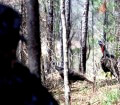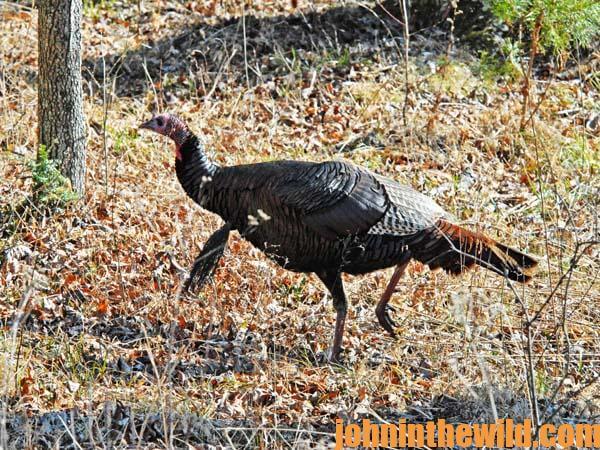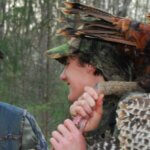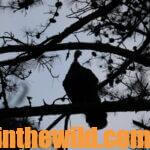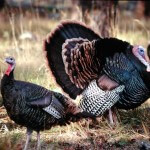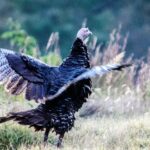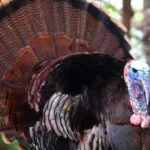John’s Note: You can wear the best-quality camouflage, use outstanding turkey calls and employ all the tactics you learn from videos, books and magazine articles, and you still may not go home with a gobbler, if you’re hunting in a place that doesn’t hold a turkey. To have a successful turkey hunt, you first must find a gobbler to hunt. And, to be successful, you need to locate more than one gobbler every day you’re afield, I’ve found in my 50 years of chasing toms. This week I’m sharing some of the most-productive ideas for hunting turkeys that people have taught me to successfully take toms this spring.
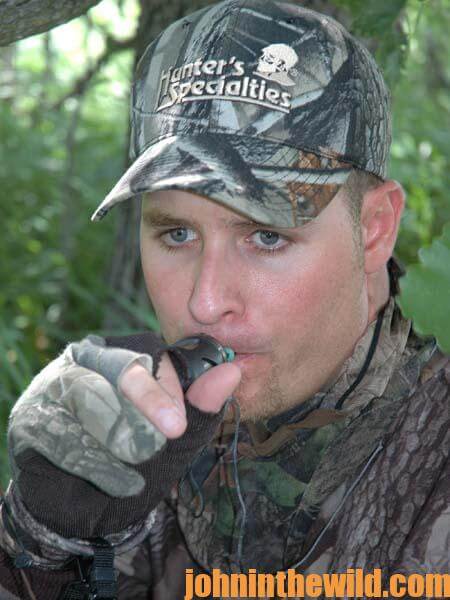 Spooked Gobblers:
Spooked Gobblers:
If you turkey hunt long enough, you’ll eventually spook a tom you want to harvest. And, locator calls can play an important role in locating the spooked gobbler. I’ll wait 30 minutes after I’ve spooked a gobbler before using several different types of locator calls to try and get him to respond. Once I learn which type of locator call he’ll respond to, I’ll use that same call and entice him to gobble three or four different times, as I move into a location to call him to me.
After I get close to a tom, I’ll sit down and ready for the shot before I give any hen calls. I’ll sit down beside a tree that’s wider than my shoulders to camouflage my silhouette and prepare to make the shot before I ever use a hen call. Then if I call a gobbler in to me, I can take him if he comes in on the run. When I share the woods with another hunter, I want to make sure a tree is between me and that other hunter before I start sounding like a turkey. Then I won’t get shot.
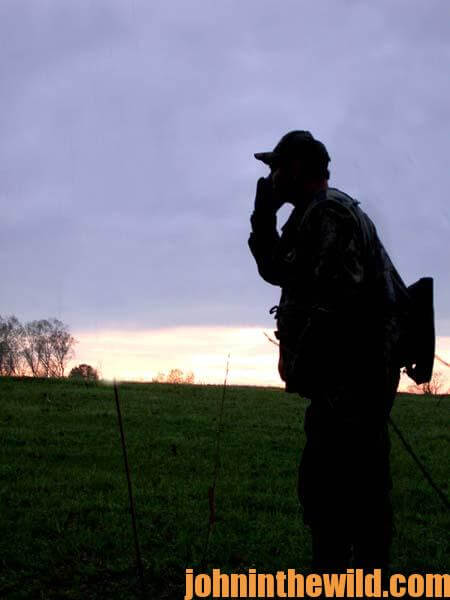 Hush-Mouthed Toms:
Hush-Mouthed Toms:
Often you’ll call in a turkey that won’t come within gun range. Hens already may accompany that turkey, a predator may have spooked the gobbler, terrain may prevent the turkey from coming to you, or the bird may have lost interest in your calling. When one of these scenarios occurs, wait another hour before you move because many times a gobbler will come in silently. If you move, you’ll spook the turkey. However, if an hour passes with no sign of the bird, back out of that spot, go to a new area, and use your locator calls to try to find another turkey.
If another tom doesn’t answer after you’ve prospected for one with your locator calls for several hours, then you can return to the region where you’ve encountered the hush-mouthed gobbler. Find the bird with your locator calls, move to a different stand site closer to the bird, and use a different style of turkey caller. I like to have several turkeys to hunt in any area where I plan to spend the day. If for some reason the bird I’ve hunted that morning beats me, I can hunt another turkey and come back to that same bird later that morning or at another time.
To learn more about turkey hunting from the masters, get these Kindle eBooks by John E. Phillips, including: “The Turkey Hunter’s Bible (available as an eBook or in paperback),” “PhD Gobblers: How to Hunt the Smartest Turkeys in the World,” “Turkey Hunting Tactics,” “How to Hunt Turkeys with World Champion Preston Pittman,” “The 10 Sins of Turkey Hunting with Preston Pittman,” and “Outdoor Life’s Complete Turkey Hunting.” Click here to get these books.


